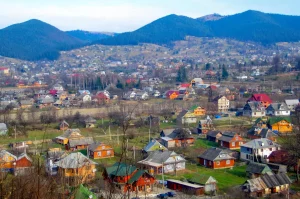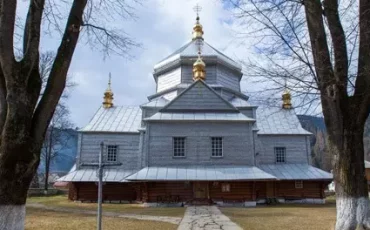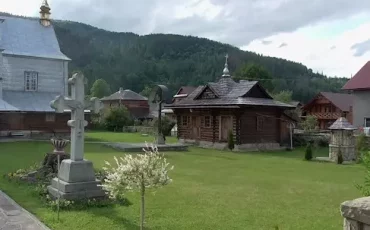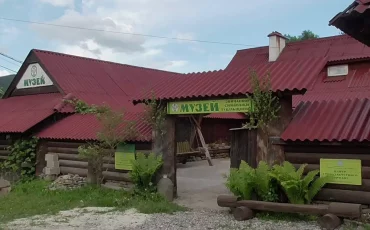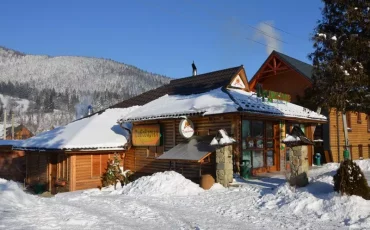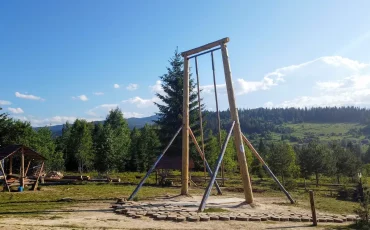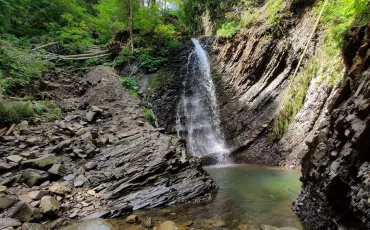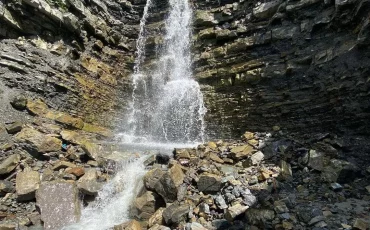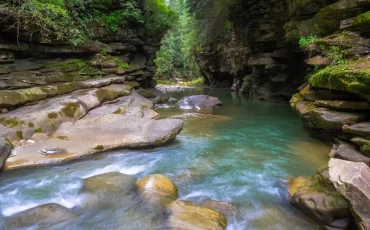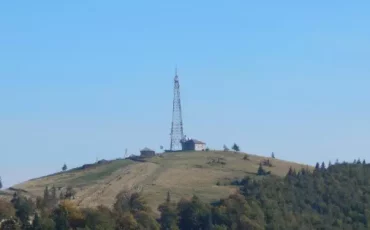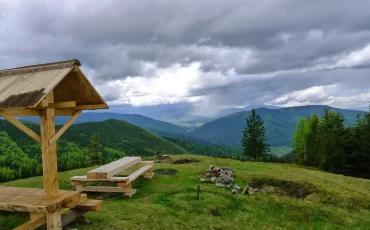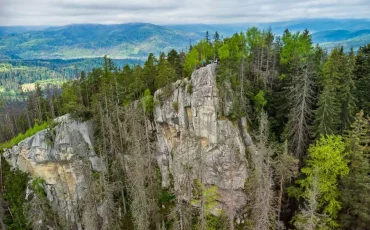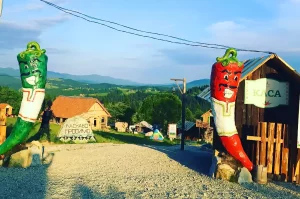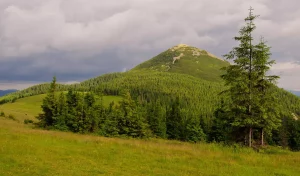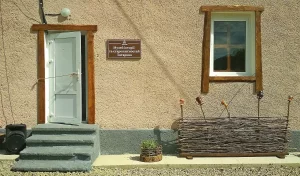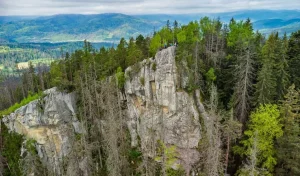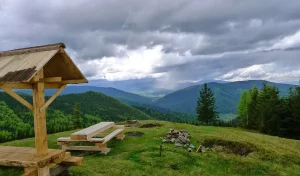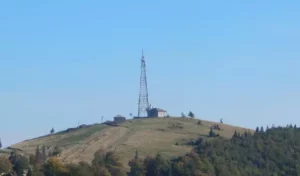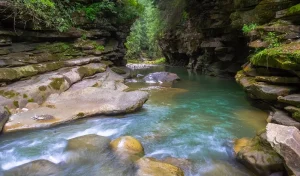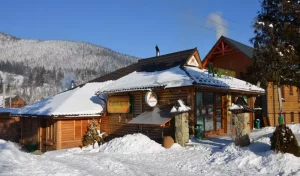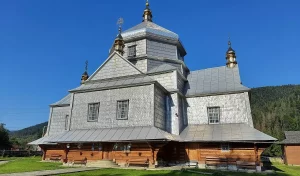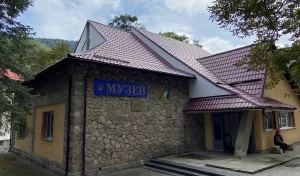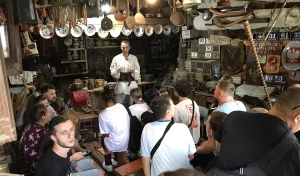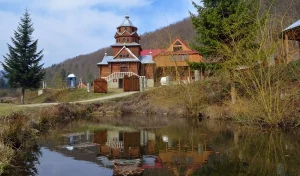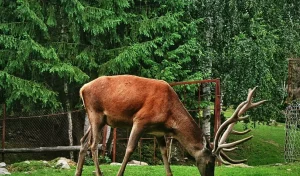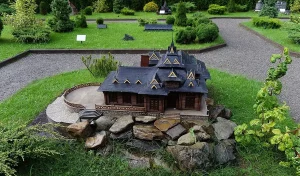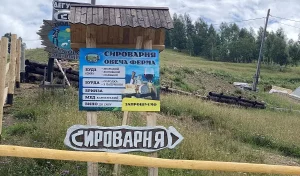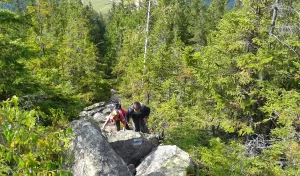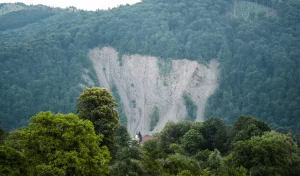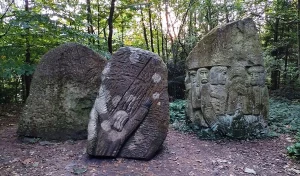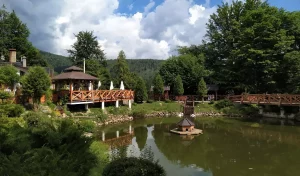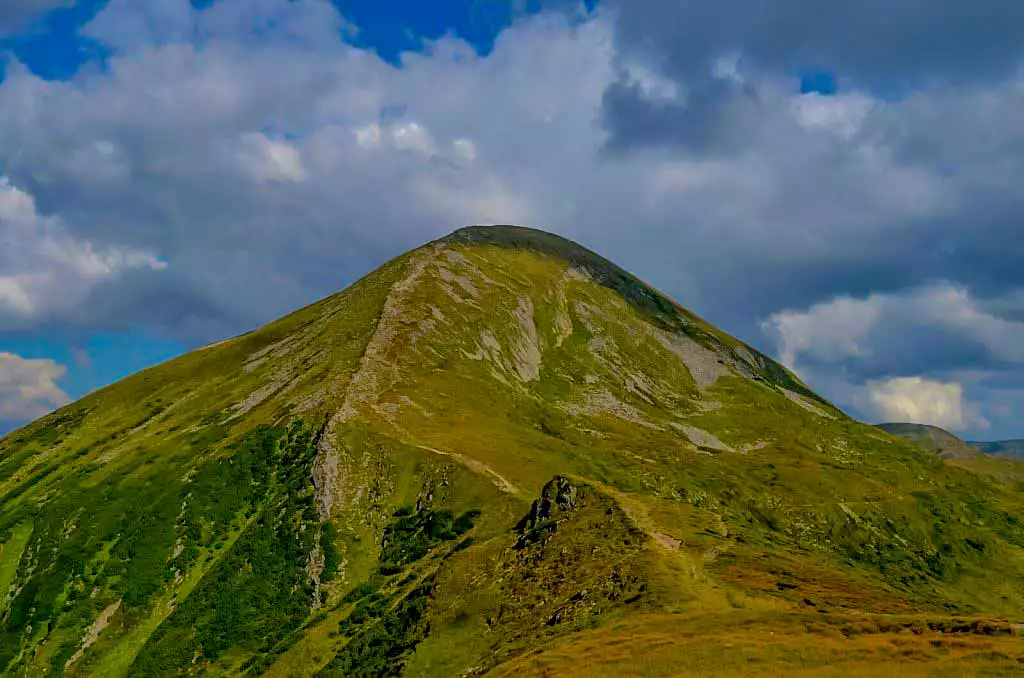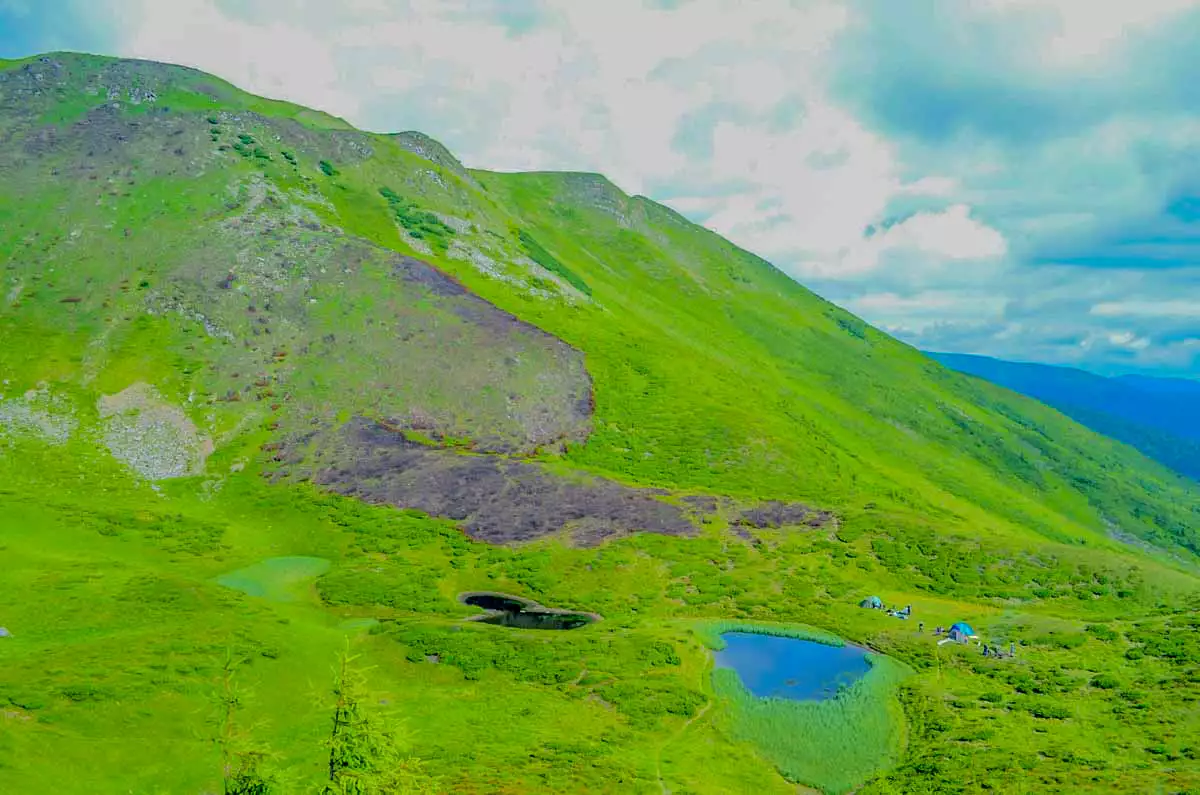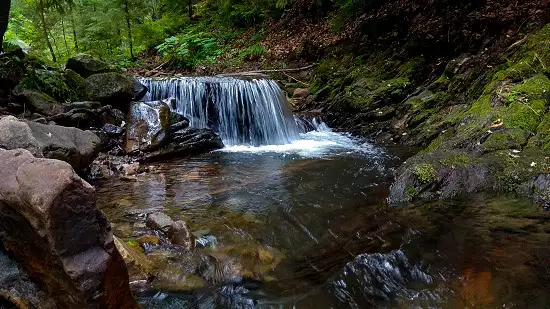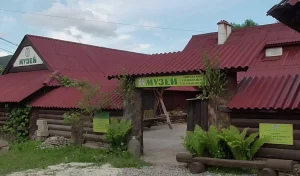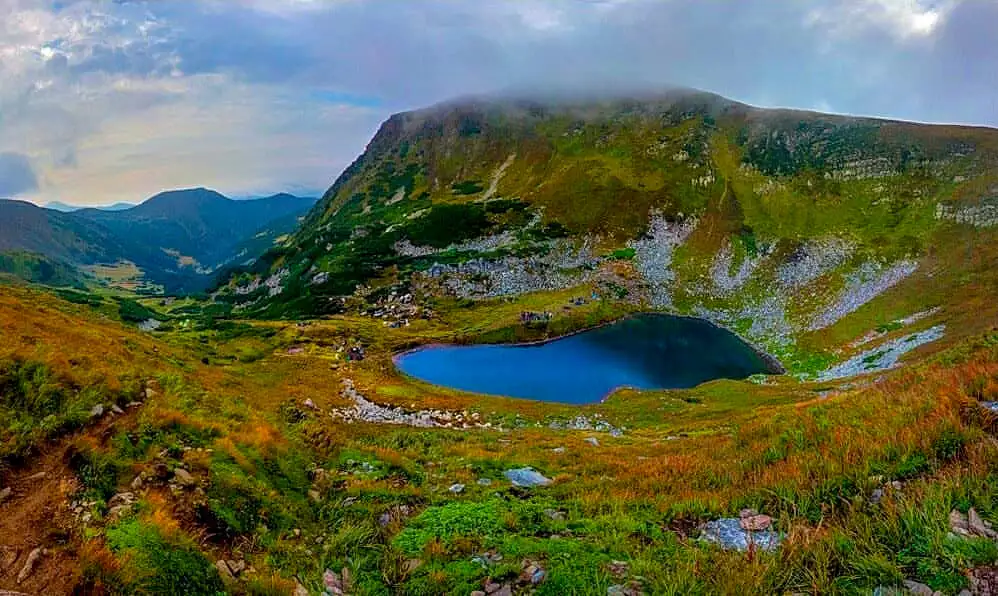In historical written sources, Mykulychyn was first mentioned in 1412. This date is considered to be the year the village was founded. In 2012, the 600th anniversary of this picturesque village was celebrated, and Ukrposhta even issued a series of stamps in honour of this event. However, the first people appeared here 40,000 years ago, which is confirmed by archaeological findings.
For centuries after its foundation, Mykulychyn was part of the Polish Kingdom (since 1569, the Polish-Lithuanian Commonwealth). The local population was subjected to significant oppression and harassment by the Polish gentry. This caused numerous uprisings of local peasants. The rebels were called opryshky. The most famous of their leaders was Oleksa Dovbush, who also appeared with his troops in Mykulychyn itself many times.
In addition to agriculture in the form of farming and, especially, animal husbandry, the inhabitants of Mykulychyn provided horse and pack transport of merchant goods along mountain routes towards Transcarpathia. These merchant caravans were often attacked by the Carpathian robin hoods – opryshky.
In 1772, after the first partition of Poland, Mykulychyn became part of the Austrian monarchy (from 1804 – the Austrian Empire, from 1867 – the Austro-Hungarian Empire). At that time, the village began to develop actively as an industrial centre. In 1825, a motorway was built through the village. During the nineteenth century, a glass factory was operating in Mykulychyn, where sheet glass was produced (at the end of the nineteenth century, this production was closed).
The woodworking industry was actively developing. And in 1894, Mykulychyn received a railway connection, which was a big impetus for its development as a lowland climate resort. The village began to actively build boarding houses and sanatoriums. The flow of tourists to Mykulychyn began to grow rapidly. Holidaymakers from all over Europe came here.
In 1889, a young Scottish writer Mary Dowie visited Mykulychyn. She was simply delighted with the magical local nature, rituals and clothes of the local Hutsuls. To share her impressions with the world, she published a book of memoirs, A Girl in the Carpathians, in London in 1891.
In 1900-1904, a railway station was built in Mykulychyn for the comfort of holidaymakers. Most tourists came to Mykulychyn in the warm season. That’s why the locals called them “summer people”. In fact, it was a classic green tourism. Back in the day, Mykulychyn was known as a gentian resort (gentian is a serum that is extremely beneficial for the human body). Even today, healing with fresh local milk and dairy products from cows and goats is popular among holidaymakers in Mykulychyn.
Not surprisingly, it was in Mykulychyn that the first hotel in all of western Ukraine was opened. It happened in 1901 thanks to the Lviv-based Narodna Hospodarka company, which rented a villa next to the railway station owned by Father Tadei Halaychuk to create the hotel. The first two-storey hotel in Mykulychyn consisted of a large hall, a library, a bar and eight rooms.
In 1912, the future heir to the throne of Austria-Hungary, Karl Franz Joseph Habsburg, visited Mykulychyn. He was accompanied by his wife, Princess Zita of the Bourbon-Parma family. They came at the invitation of the Prince of Liechtenstein, who at that time owned part of the Carpathian forests in this area. The future emperor travelled in his own car and even took a surprised local resident for a ride who had never seen a car before.
After the tumultuous events of the First World War and the defeat of the Ukrainian national liberation struggle, Mykulychyn became part of interwar Poland. At this time, in the 1920s and 1930s, the village continued to develop as a centre of green tourism. In the interwar period, Mykulychyn offered three tourist stations, the Zdzislaw Sher Hotel, the Hoverla boarding house, the Lviv Printers’ Health House, and the famous Sanatorium of Lviv Academic Schools. Every year, a large number of students and teachers from Lviv University, Lviv Polytechnic, and the Krakow Jagiellonian Academy spent their holidays there. In addition to recreation, students were actively engaged in collecting ethnographic materials. In 1938, a monument to Queen Jadwiga was erected near the sanatorium. The sculpture holds a model of the Krakow Jagiellonian University in its left hand, but the right arm of the monument was destroyed in 1945 by a Red Army shot. The sculpture was saved from complete destruction by the Soviet authorities by teacher Anna, who convinced the Red Army that it was an ancient statue of the goddess Aphrodite, not a monument to Queen Jadwiga.
After the arrival of Soviet rule, the OUN-UPA underground was active in Mykulychyn for a long period of time, fighting the Soviet occupiers. In Soviet times, the tourist infrastructure in Mykulychyn continued to develop. For example, in the 1970s, a children’s sanatorium of Ivano-Frankivsk University was built in a beautiful Hutsul style.
After Ukraine gained its independence in 1991, tourism development in Mykulychyn accelerated even further. The tourist infrastructure in the village is developing rapidly and is already at a modern European level.
In 2002, a modern brewery called Hutsulske was opened in Mykulychyn. Here you can enjoy the taste of excellent local beer and visit a grocery store with organic meat and dairy products.
In 2009, another large sanatorium, Gerdan, was built. A large number of new private manors and hotels have appeared.
